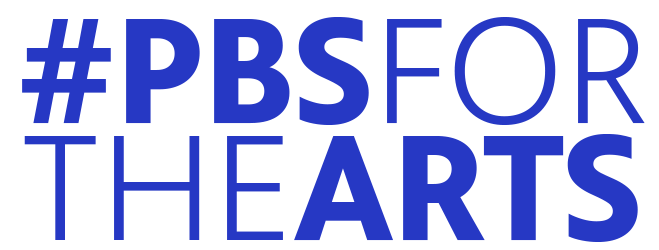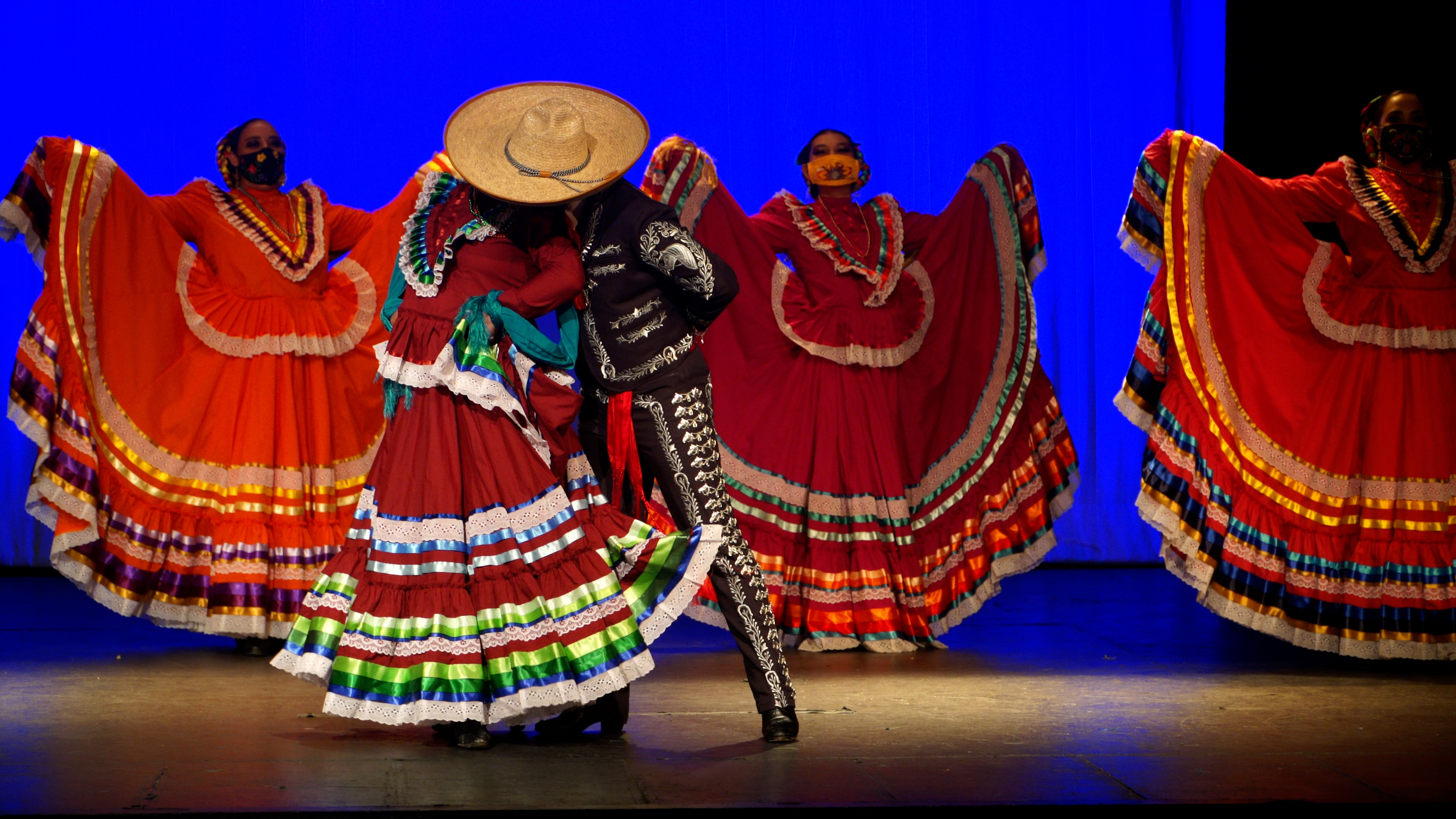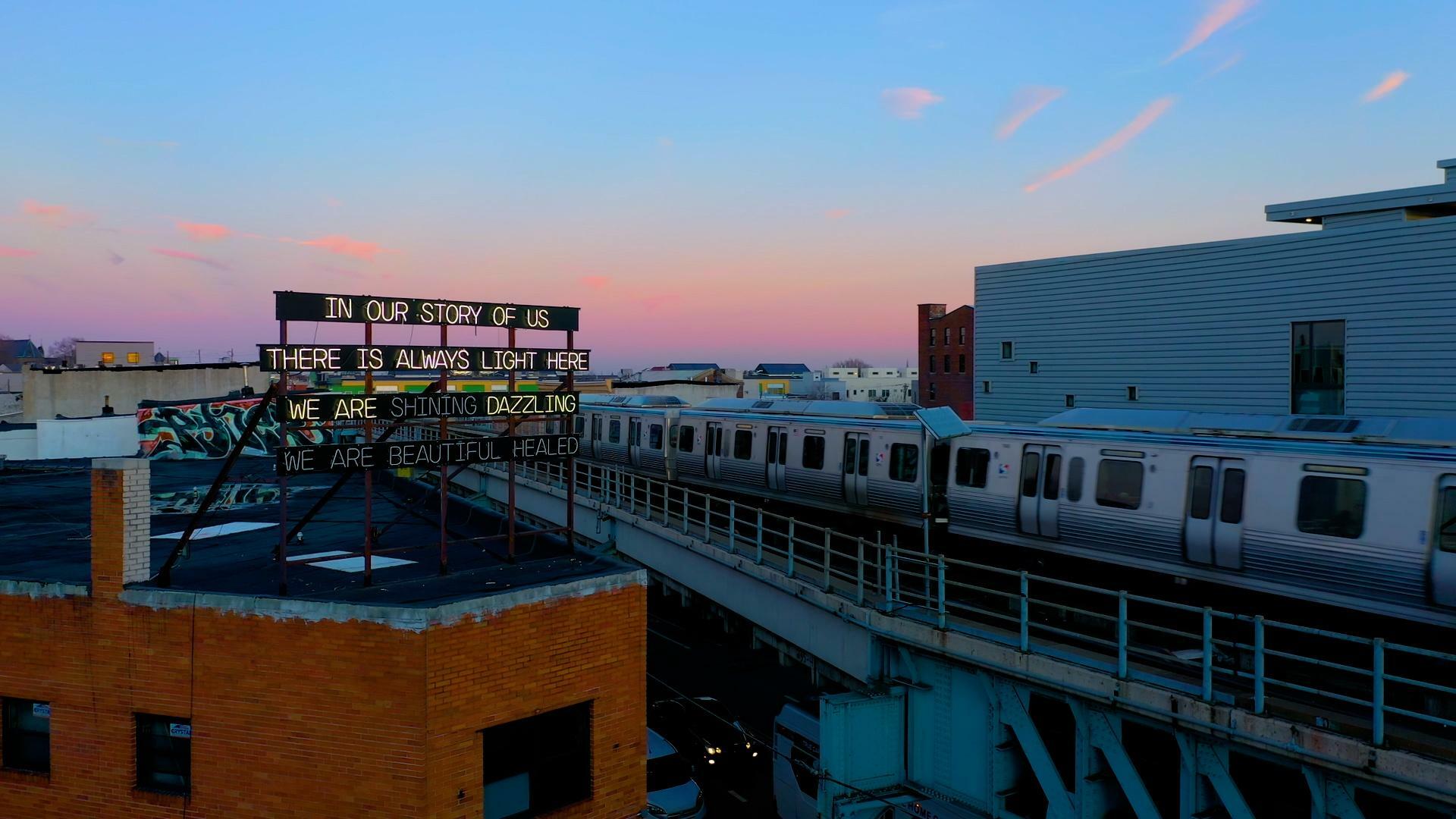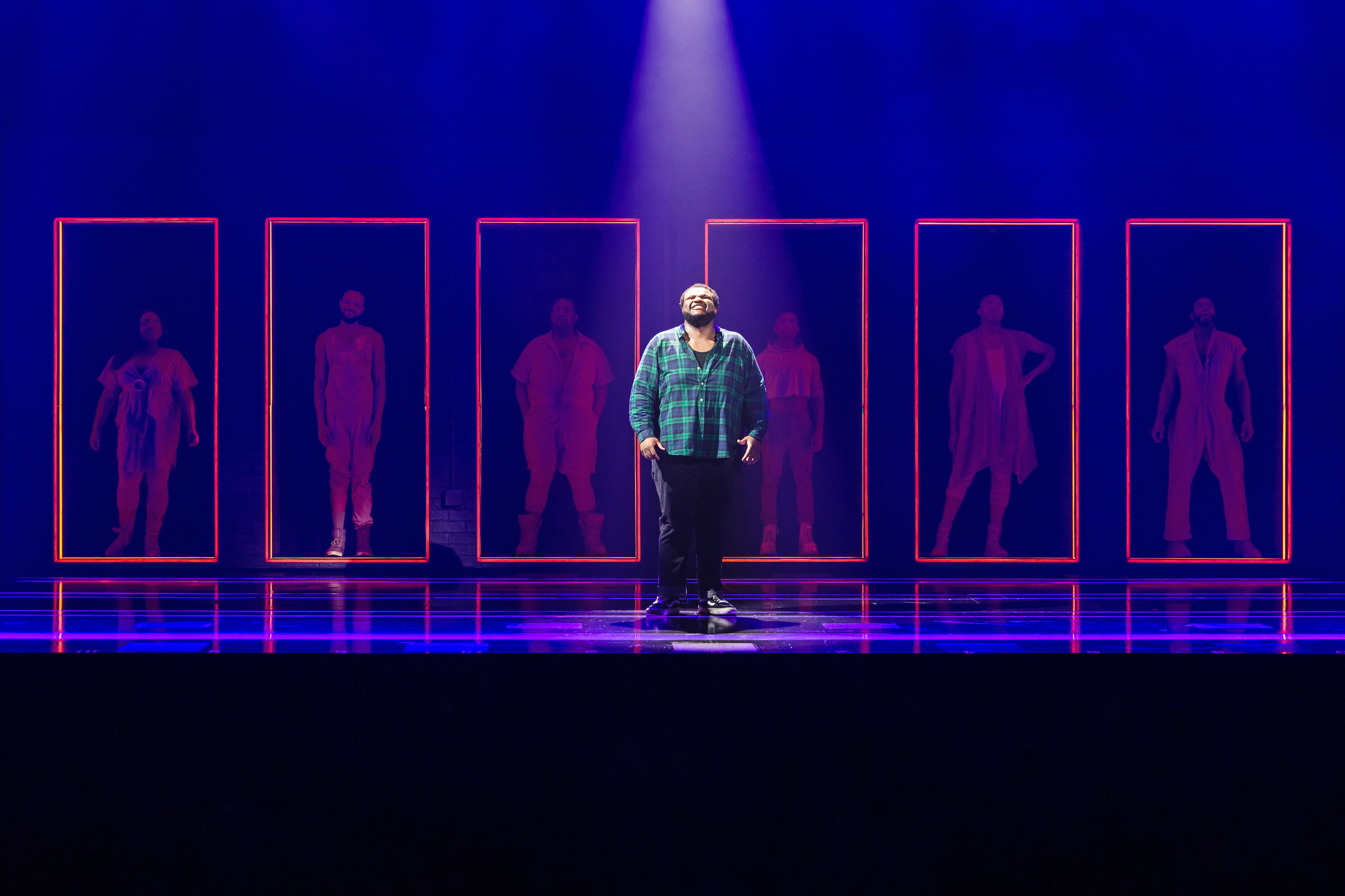Hope Boykin is entering a new phase of her dance career. In 2020, she retired from the Alvin Ailey American Dancer Theater after 20 years with the company as a dancer and choreographer. In the same year, she led online workshops inspired by Alvin Ailey’s “Revelations” and contributed to the poetry piece, “We Dance,” as a tribute to George Floyd.
A year later, she presented “An Evening of Hope” at the 92nd Street Y, the same space where Alvin Ailey debuted his iconic work, “Revelations,” in 1960. Boykin now runs her own company, HopeBoykinDance, producing new work that moves beyond her modern dance background, including a film that will premiere on ALL ARTS later in 2022, as part of its “The First Twenty” initiative.
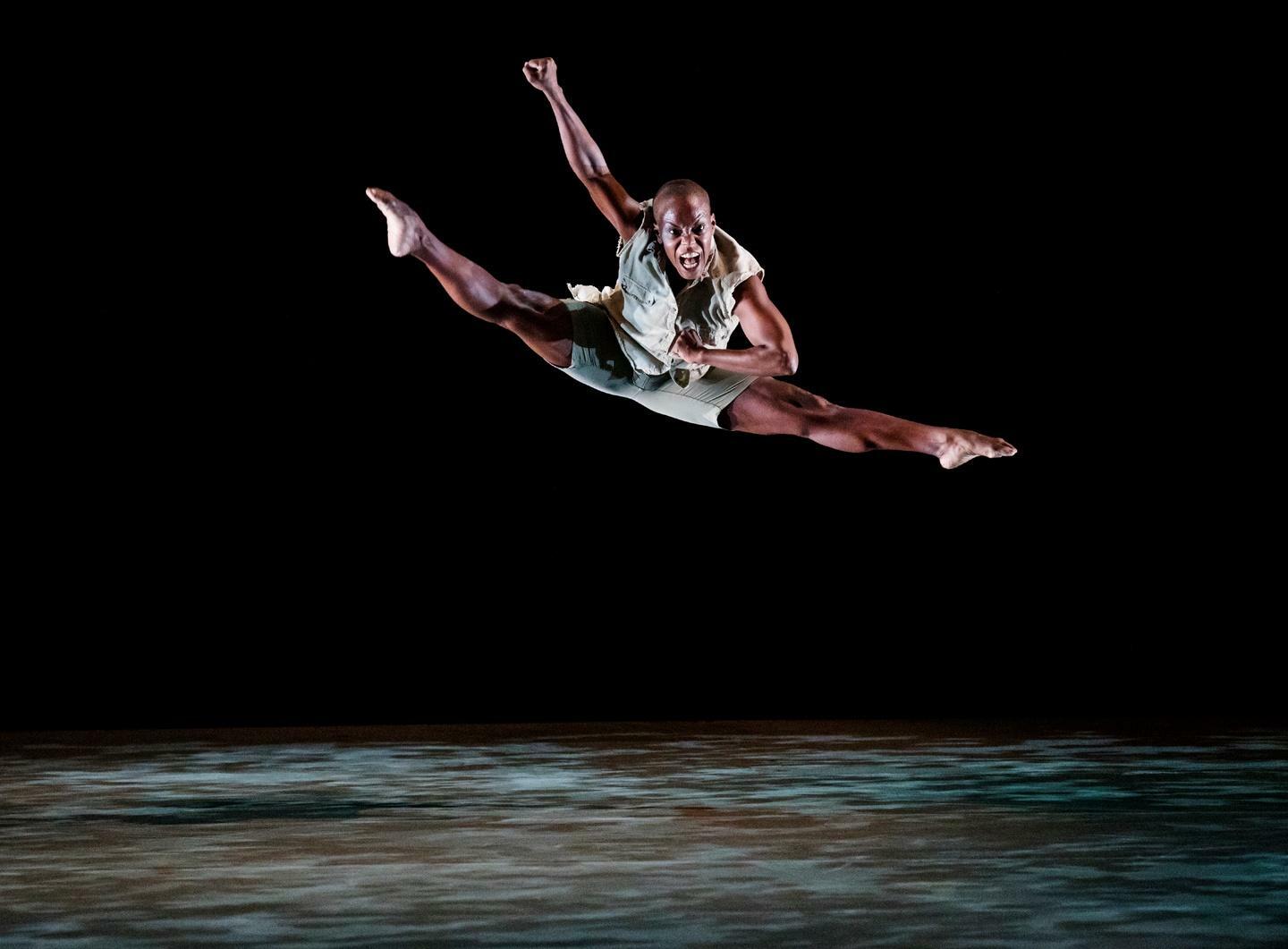
How has the Ailey organization influenced and impacted your career as a dancer?
I've been valued for who I am. I didn't fit the categories of what a dancer should be or how a dancer should look. Whenever I was able to be in a performance space or [with] teachers, they looked at me and said, “OK, Hope, this is who you are, and this is how we're going to let you know how you can progress.” Mr. Ailey has said that he doesn't like cookie cutter dancers. As a performer in the company, I was able to create my own lane and be viewed as Hope, and not as the person standing next to me.
I joined the Ailey company in the year 2000. I was hired by Judith Jamison. Masazumi Chaya was the associate artistic director, and I was able to watch this transition [with] Robert Battle in the company as artistic director. To be able to be in the company with the second generation has been such an honor.
What lessons did you learn from your time dancing with the Ailey company?
Mr. Ailey really wanted his audiences to see people. Judith Jamison and Robert Battle also want the audiences to be able to relate to the individual, the way that we used our gifts and talents. I feel like I got to see people for who they were [by] traveling the world and the country. Knowing that I was able to share moments with people from New York City to North Carolina, where I'm from, to Tel Aviv to St. Petersburg, has really been something where people just appreciate art. They appreciate dance. They appreciate what Mr. Ailey and his legacy have had to contribute to our world.
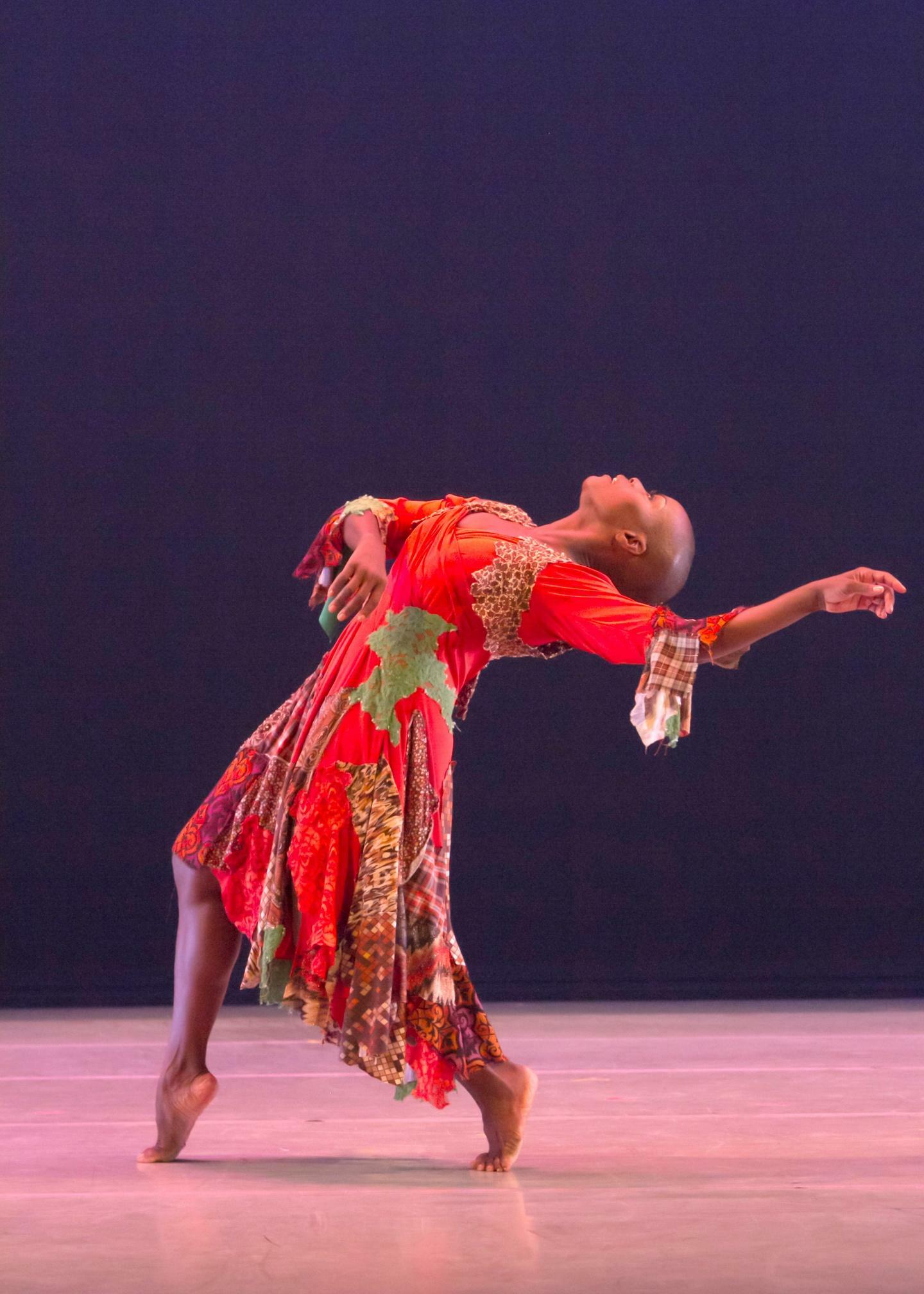
What has Ailey meant to you after all these years?
Ailey is a school where you can walk in and get lessons from incredible teachers who've had experiences with Alvin Ailey. Ailey is bringing performance to life. Ailey is traveling the world. Ailey is [about] becoming a person on stage to a young audience member who may not necessarily see herself or himself until they've come to a performance. People ask about how I like to choreograph and how I like to create. I realized that I cannot separate Ailey from who I am now.
You’ve been able to choreograph shows at Ailey and recently debuted your latest piece, “An Evening of Hope,” at 92Y. Can you talk about your choreography style?
My choreography style is engrossed in the modern dance technique and the traditional modern dance techniques. I have studied [Lester] Horton technique, [Martha] Graham, [Paul] Taylor, and all of these foundational pioneers who have separated dance from the classical form [that] was looked at as this high art. In my opinion, modern dance is high art. We are able to explore and tell how a person is feeling without having to make it look like the ideal. My movement is fully rounded and encompassing of my emotional experience.
Choreographer and dancer Hope Boykin celebrates a new phase of her career after 20 years at the Alvin Ailey American Dance Theater. #PBSForTheArts pic.twitter.com/H7wqBTgK1b
— PBS (@PBS) January 21, 2022
Your work also incorporates your spoken word poetry to narrate the movement.
I write a great deal when I'm working on the context of [my] work. I often add original writing into the work, which leaves very little room for interpretation because you're actually hearing what I want you to understand movement-wise.
But in general, movement itself is abstract. There's no word. There is no movement for the word “love.” So I have to encompass what love is. I have to make you understand. I more or less add the context of what the words mean to me, and then find the movement. Of course, I won't always use text with my movement, but I do feel that my words are a soundtrack for what it is that's going on in my life right now.
How would you like to be known going forward as a choreographer and producer of your own shows?
I often walk in this idea that there are no limits and that we are only really locked in a box that we put the lid on. If I can allow other people to see and understand that, then I've done the right thing. The other way I see my legacy is with young people. When I watch them on stage and open the program, I might see my name listed and I had some kind of impact in their lives.
I think as a Black woman creating in this time, it's important for me to understand that I have to do this not because I want fame or a pat on the back. As the artistic advisor for dance education at the Kennedy Center, for example, [I am] showing other Black girls and boys that they have the ability to do this. It is now beyond who I am or what I want.
To find more choreographers and dancers inspired by Alvin Ailey, visit the #PBSForTheArts hashtag on social media.
Support your local PBS station in our mission to inspire, enrich, and educate.

The best of PBS, straight to your inbox.
Be the first to know about what to watch, exclusive previews, and updates from PBS.
